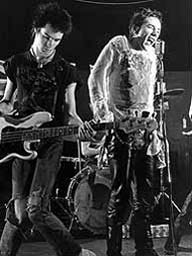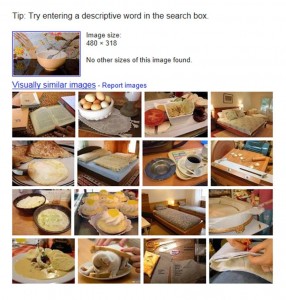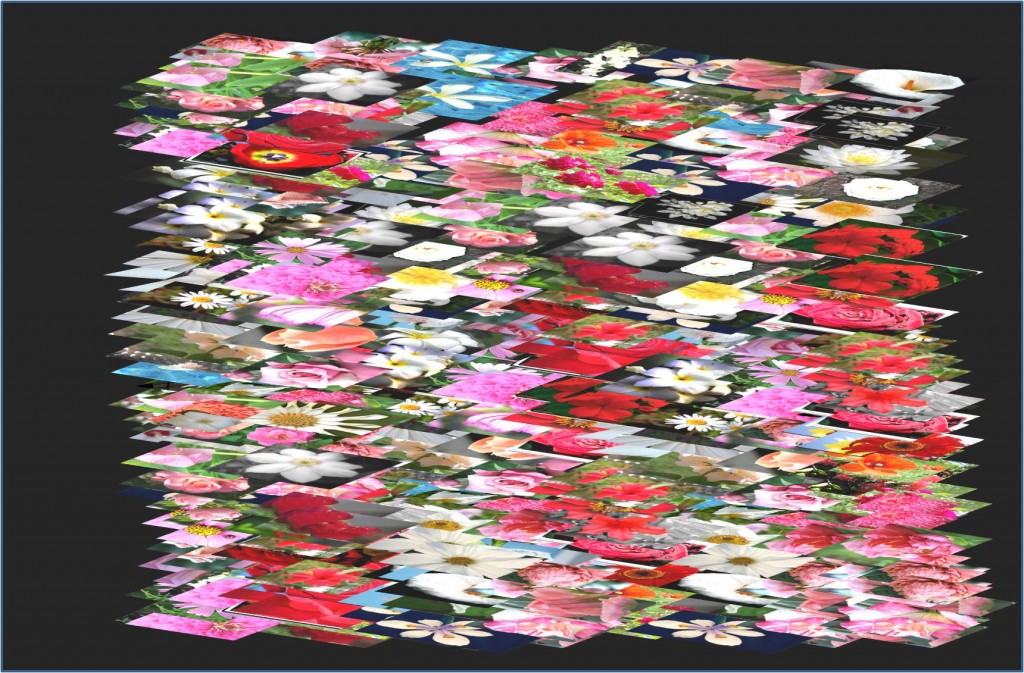
The dissemination of digital photography on the world wide web like the dissemination of other creative work in this way brings with it the whole question of copyright. Who owns what? How do you manage it? Can you be paid for the use of your images?
Recent high-profile copyright news springs to mind; Shepard Fairey, Richard Prince, more recently Instagram and the weird web work of Hera Bell. Sherrie Levine made her mark in a pre-digital age with After Walker Evans. Levine was in the forefront of the post modern rush to appropriate. Now, accelerated by the digital era, appropriation is practically a genre of its own. The genie is out.
Richard Prince’s Canal Zone Series used photographs taken by French photographer Patrick Cariou which were published in Cariou’s book Yes, Rasta in 2000. Judge Deborah Batts rejected the defence of Prince and his gallery, the Gagosian in New York that what constituted Prince’s manipulations was “fair use”. Batts in fact found that in order for a work to meet the “transformative” prong of the fair use test, it must “in some way comment on, relate to the historical context of, or critically refer back to the original works”, as reported by Charlotte Burns in The Art Newspaper 21st March 2011.
Predictably, Prince and the Gagosian appealed and we now await a verdict on the most recent hearing. Rachel Corbett in Blouin ArtInfo 29th August 2012 interviewed Columbia University law professor Philippa Loengard about this case. Loengard thinks it’s “very unlikely” that the judges will uphold the lower court’s decision in its entirety. “This fair use precedent [Blanch v Koons 2005] would lead the judges to determine that Prince’s paintings are transformative and that the markets for the two artists are so disparate that Prince didn’t cause Cariou any financial harm. So far, the current judges “don’t seem to think there was market harm, that they weren’t really competitors, so this factor really sways toward Prince,” Loengard said. “But I still think there will be an infringement.”
More recently I came across the strange case of Hera Bell. I was looking at a forum in an online photography magazine and came across extensive comments on Hera Bell referring to her appropriation or more specifically the “stealing” of images. I then found this site Who Took This Photo?
My first thoughts were that it was an interesting conceptual piece, but on further investigation I think that it is perhaps just a case of a photographer in Montreal “borrowing” images from other websites and posting them under her own name to “help” publicise her own practice. She did, however, alter the images, flipping them horizontally etc. Would that be “transformative” enough to pass the fair use test?
The most recent big news event in the area of image copyright concerns Instagram, the photo sharing site owned by Facebook. Instagram had proposed changing their terms and conditions to include their right to sell on Instagram users’ photos without any compensation to them. There was, however a vocal response from users. So much so, that Instagram have now back-tracked slightly, I understand. But cyberworld marches on. In reading blogs about this topic, I have noticed several comments which suggest that users would be pleased to have their 15 minutes from the use of one of their images in a big ad campaign and they are not bothered about compensation. With the advertising photographers out of business perhaps it’s the turn of the advertising agencies as well.
In the words of web guru Jaron Lanier in Edge, “There’s a sense of, if you’re adding to the network, do you expect anything back from it? And since we’ve been hypnotized in the last eleven or twelve years into thinking that we shouldn’t expect anything for what we do with our hearts or our minds online, we think that our own contributions aren’t worth money, very much like we think we shouldn’t be paid for parenting, or we shouldn’t be paid for raking our own yard. In those cases you are paid in a sense because there’s still something that becomes part of you in your life, for all that you did. But in this case we have this idea that we put all this stuff out there and what we get back are intangible or abstract benefits of reputation, or ego-boosting. Since we’re used to that bargain, we’re impoverished compared to the world that could have been and should have been when the Internet was initially conceived.”
The interesting thing I find with Web 2.0 is that the target audience rapidly became young people. People, young enough not to have much experience in trading the work they do with their hearts and minds in order to put a roof over their own or their family’s head. The network builders or as Lanier refers to them, “those close to the servers”, have exploited this inexperience. So much so, that the suggestion that you would be compensated for the ideas and effort you put into creative work is becoming alien and as those ”close to the servers” continue to chip away at old fashioned notions of compensation for work done, the deferred benefits of “when I am well-known” may well and truly be deferred.
Lanier is a member of the Cyberati himself, but that doesn’t stop him from having a critical point of view, “If we enter into the kind of world that Google likes, the world that Google wants, it’s a world where information is copied so much on the Internet that nobody knows where it came from anymore, so there can’t be any rights of authorship. However, you need a big search engine to even figure out what it is or find it. They want a lot of chaos that they can have an ability to undo.”
“It should be pointed out that the original design of the Internet didn’t have even a copy function, because it originally just seemed stupid. If you have a network, why would you copy something? That’s just inefficiency.” And there, I believe, is the crux of the problem for digital photography. With the copy facility available how does a photographer control the use of their images on the www? The simple answer would be not to put them there in the first place. Perhaps there is some sense in that and certainly uploading only lo res images is important but it is unrealistic for professional photographers and artists not to be a part of the cyber community.
The industry, in my opinion has been slow to respond, compared to other industries like music and film. Useful tools are coming online. Where would the sleuths that uncovered Hera Bell’s work be if it wasn’t for the likes of TinyEye, Digimarc and Google Image Search. Tools like Fotomoto could prove useful. The UK government has introduced a fastrack for intellectual property disputes which can now be resolved through small claims in the Patents County Court. This is new so the effectiveness of such a system remains to be seen, similarly with the new Digital Copyright Exchange (DCE) that is in the process of being scoped. But the photographic industry itself has to be out there campaigning.
Now that “everyone is a photographer” what better time to remind people why we have Intellectual Property Rights, what they are and how they work. In the words of lawyer and author, Professor Robert Merges from the University of California in Justifying Intellectual Property 2011, “In an economy where intangible assets are more valuable than ever, IP is more important than ever.” Merges argues quite eloquently that property rights granted for creative work are not barriers to a cohesive society but in fact knit a society together. I think he sums it up well in his paraphrasing of Oliver Wendell Holmes: “IP taxes are the price we pay for a creative civilization.”







